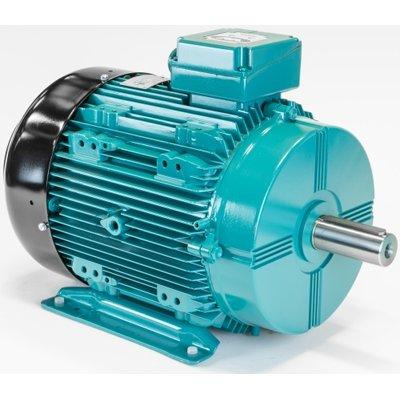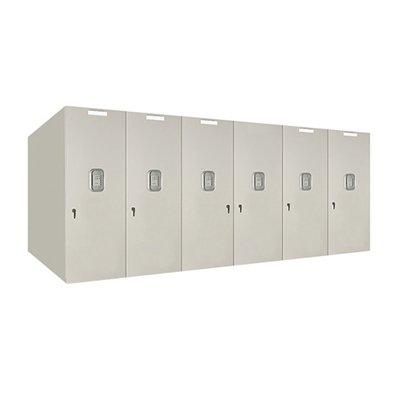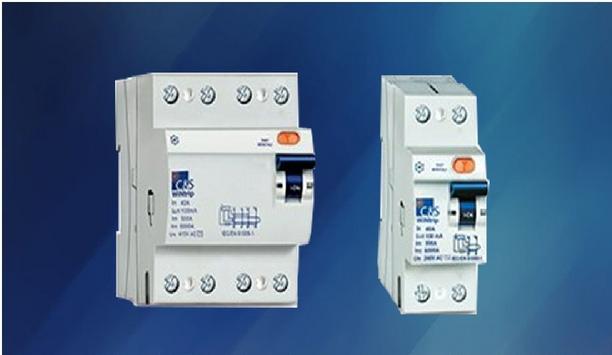Luminus Devices has significantly expanded its portfolio of high-power infrared (IR) LEDs with eleven emitters designed to address the rapid expansion of automotive, consumer, machine vision, medical, and security applications.
The Luminus IR SST LEDs are now offered in three wavelengths – 810 nm, 850 nm, and 940 nm – and six beam angle options ranging from 40° to 130°. The high radiometric power output and low thermal resistance allow system designers to reduce the number of emitters and overall footprint for a broad range of infrared applications.
newly-introduced IR products
The IR SST product line delivers very high radiometric power, up to 1600 mW
Nine of the newly-introduced IR products are based on dual-junction technology which nearly doubles the power density and keeps efficiency virtually unchanged. This makes it easier to develop solutions with much higher radiant intensity and more compact designs.
The IR SST product line delivers very high radiometric power, up to 1600 mW typical at 850 nm and 1 A drive current, and radiant intensity in excess of 1300 mW/sr.
“Our dual-junction technology allows us to double the power density in the same footprint,” said Yves Bertic, Senior Director of Global Product Marketing, adding “Now product designers can address applications that need longer reach and more intense and focused beams.”
latest generation of IR LEDs
The advanced optical range is designed to support the increasing variety of infrared applications. The small, 40°, beam angle is the perfect replacement for legacy 2 mm to 5 mm through-hole IR LEDs, and the broadest beam angle, 130°, is ideal for flood illumination that is more common in security applications.
Whether for biometric applications or monitoring for security, this latest generation of IR LEDs supports ongoing industry development and reduces time to market.
The IR SST products are industry-standard 3535 surface-mount packages with low thermal resistance and are easy drop-in replacements. All Luminus IR SST emitters are rated as 'Risk-Free' for eye safety according to the IEC Photo-biological Test (IEC/EN 62471 standard).














